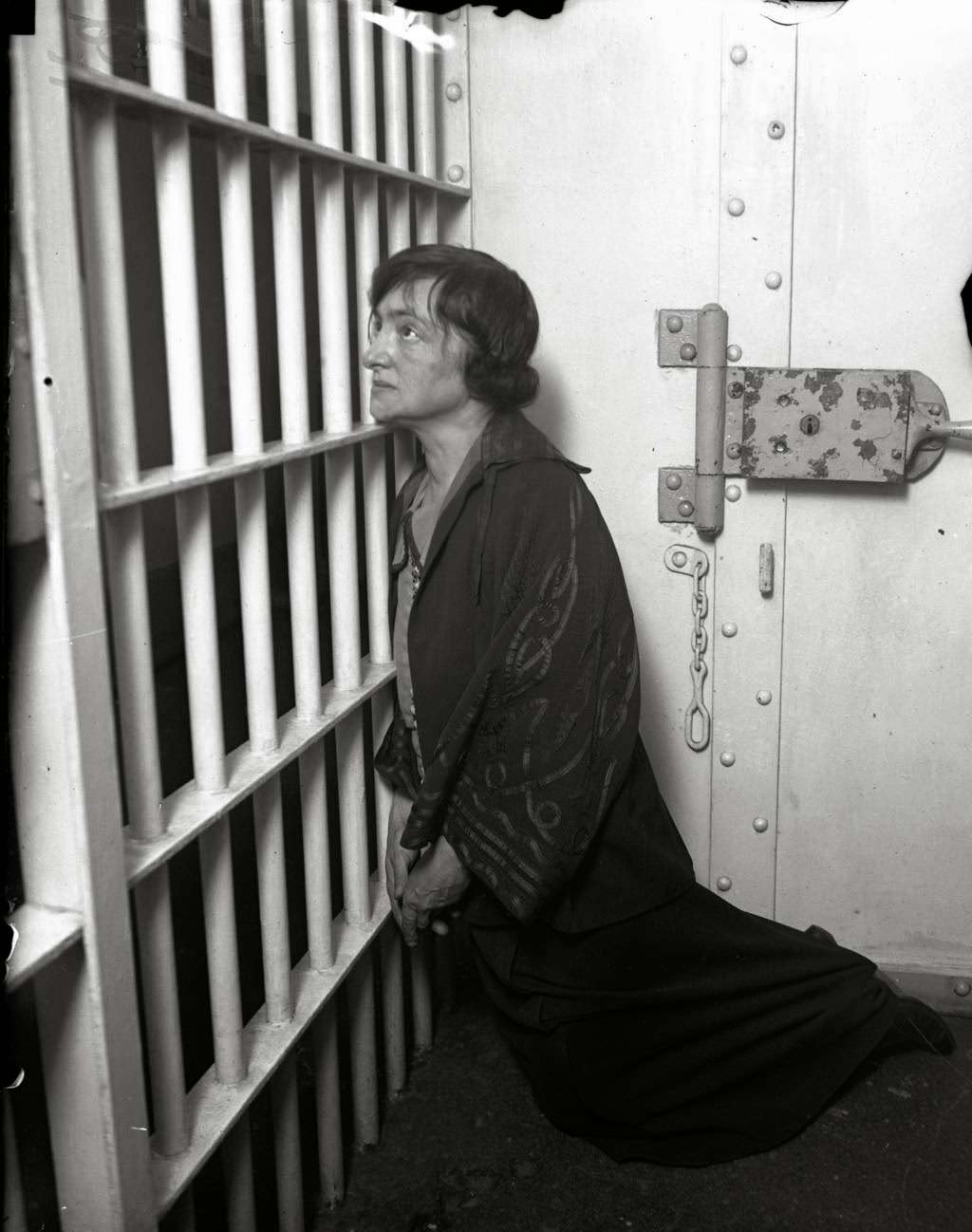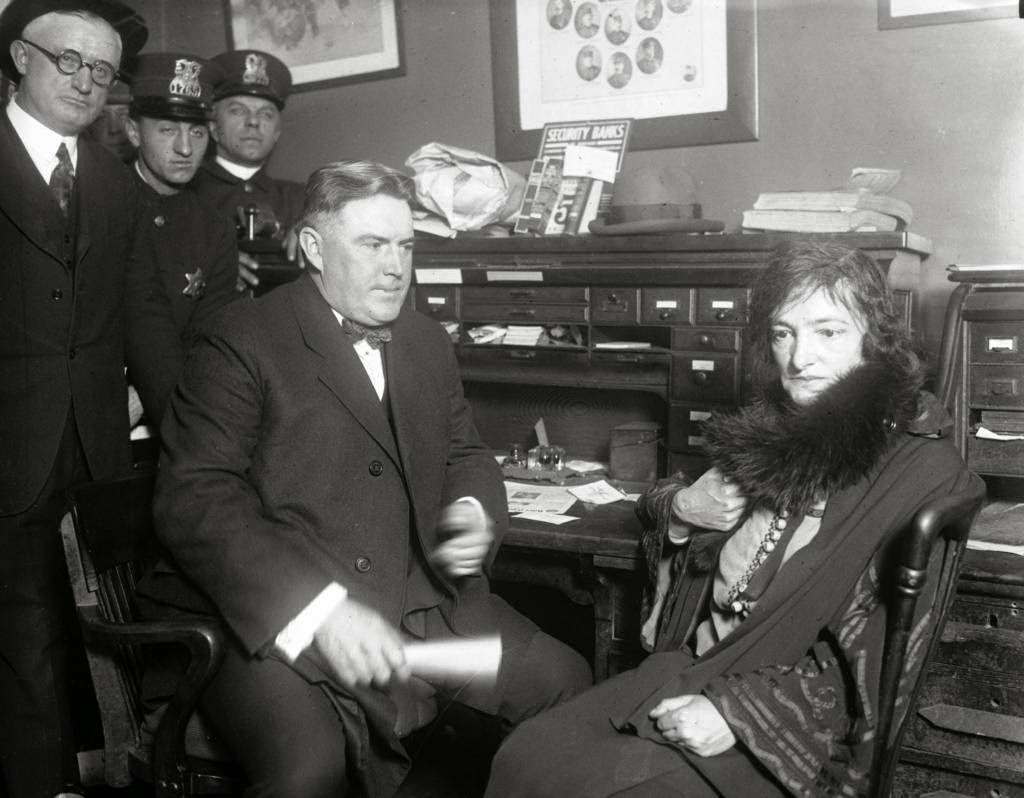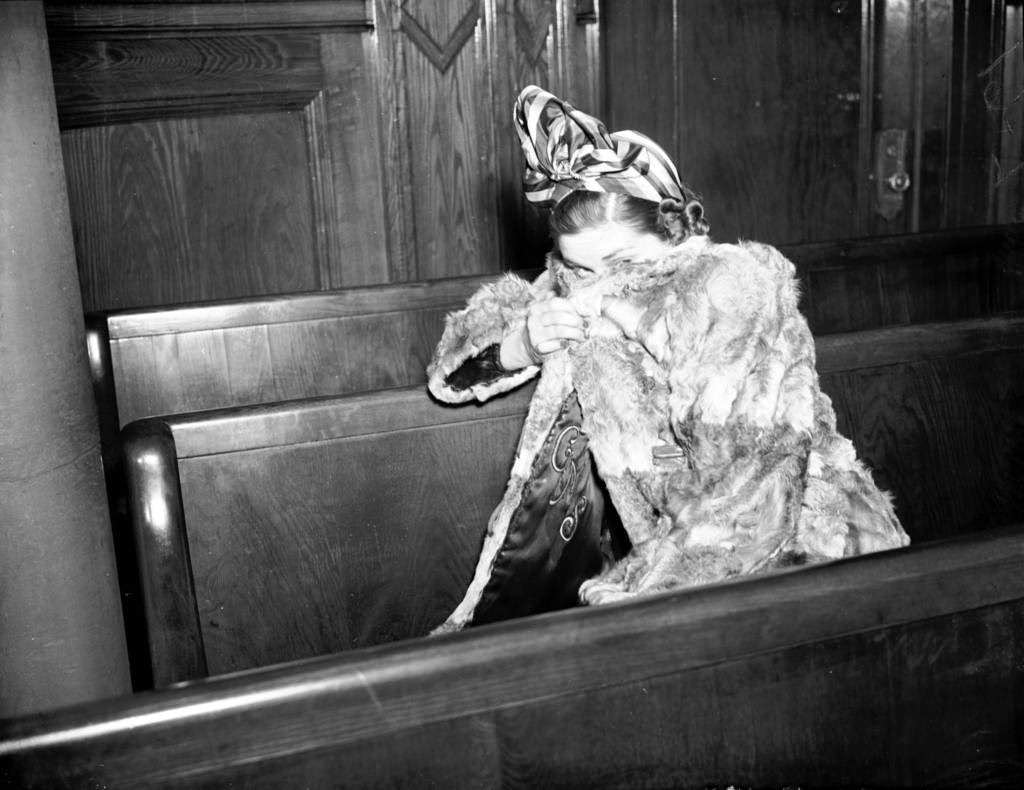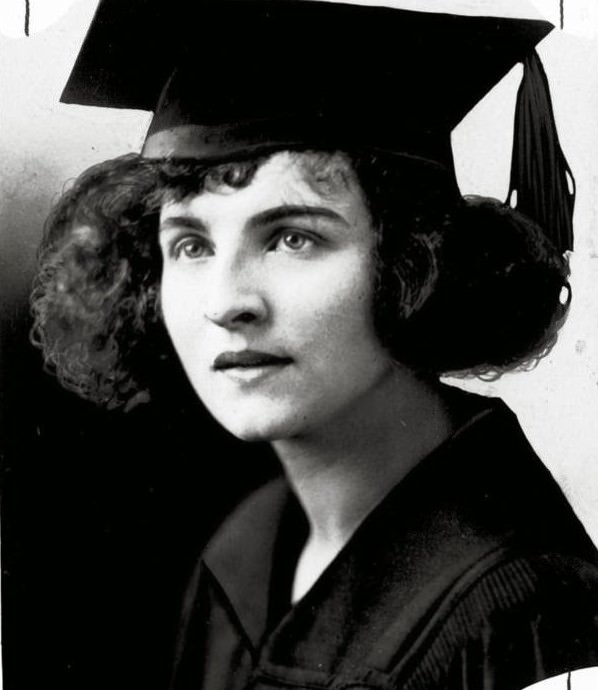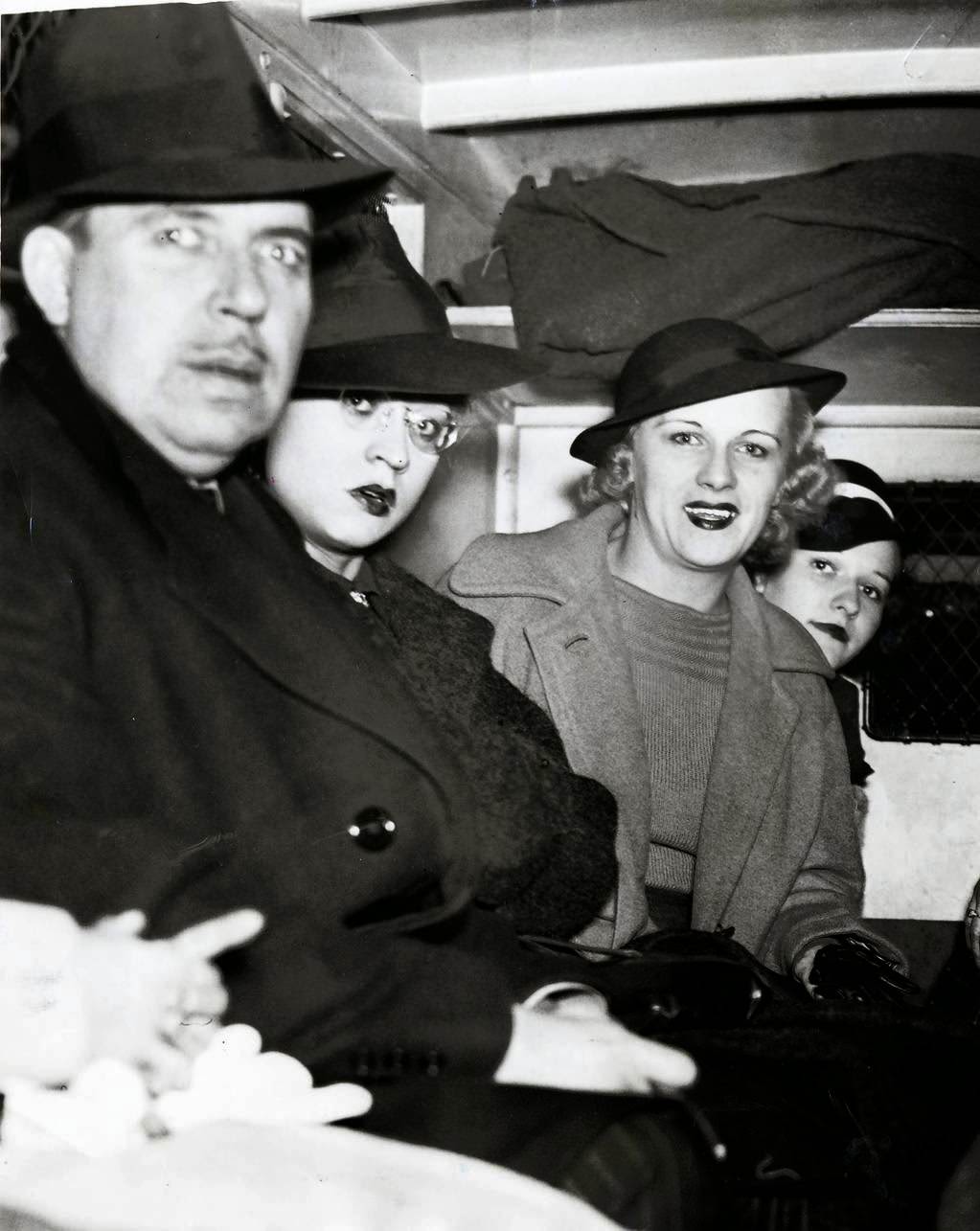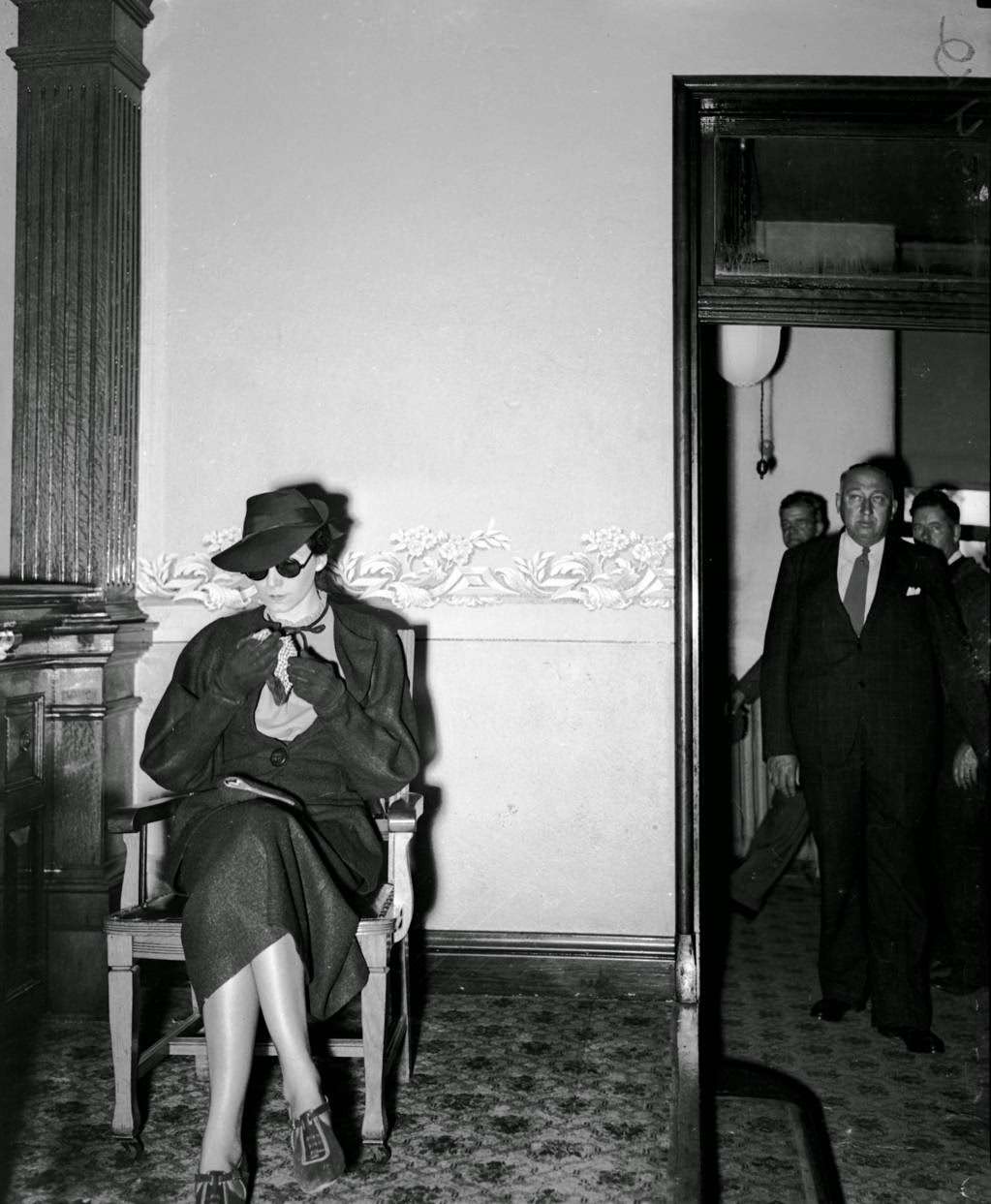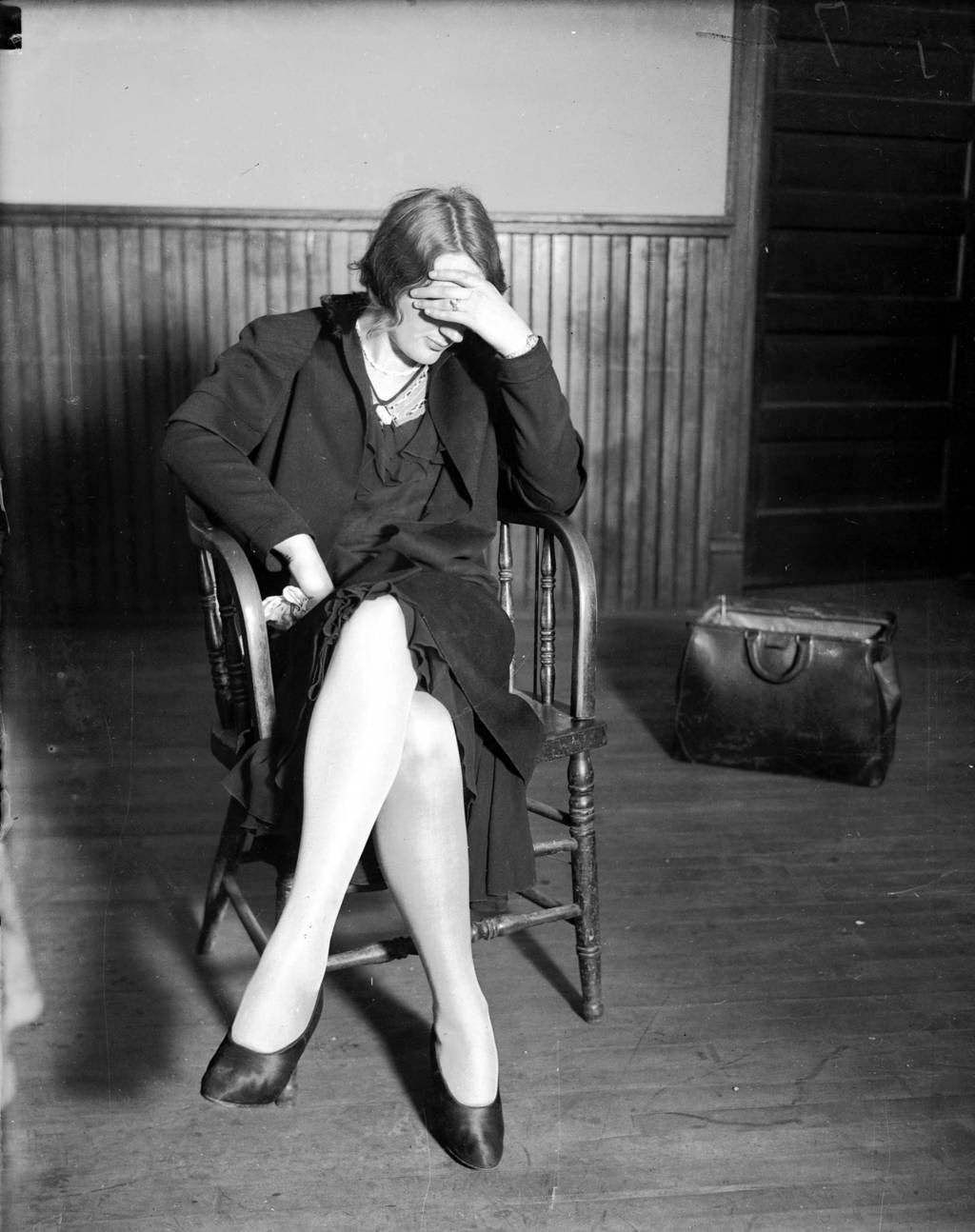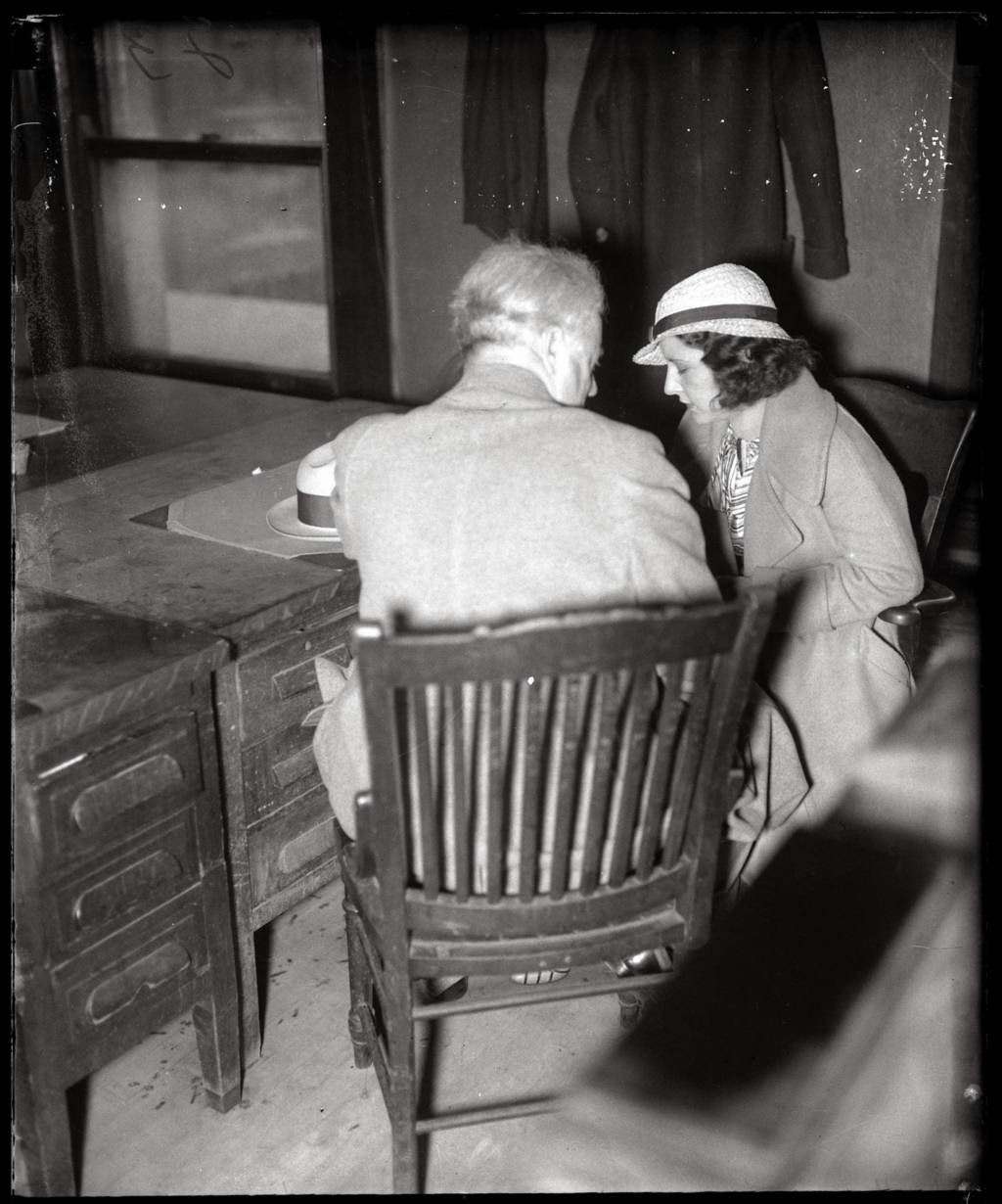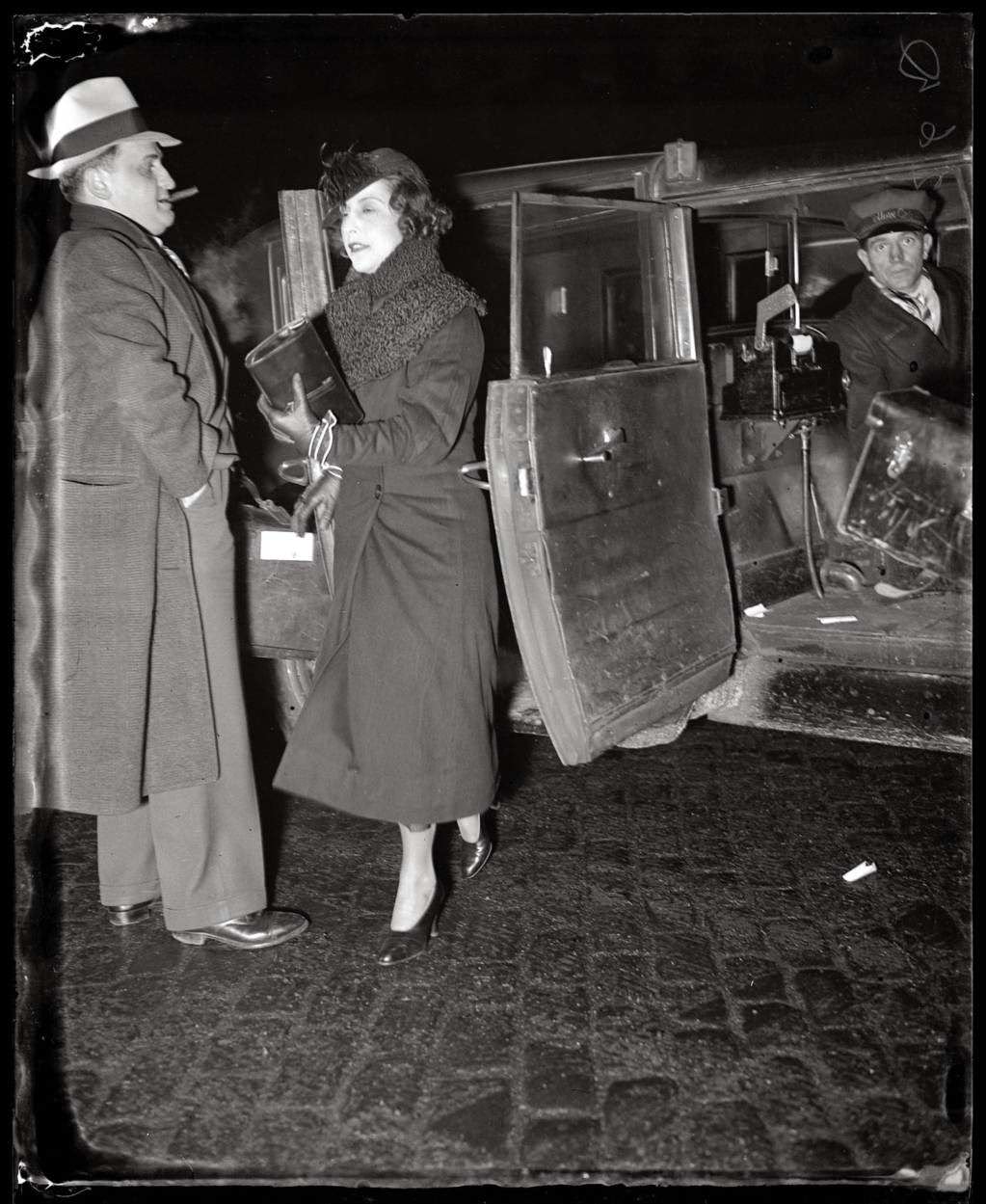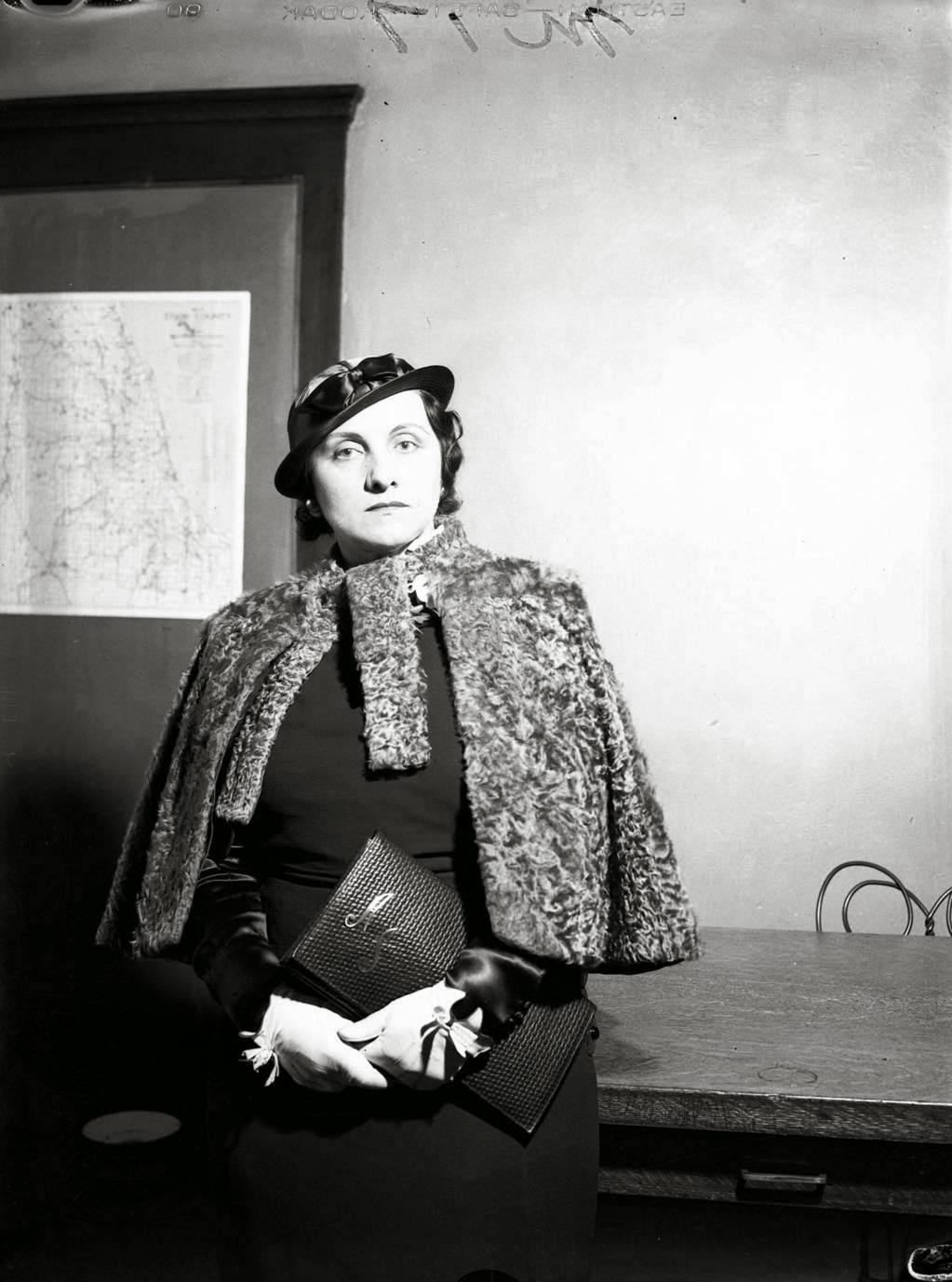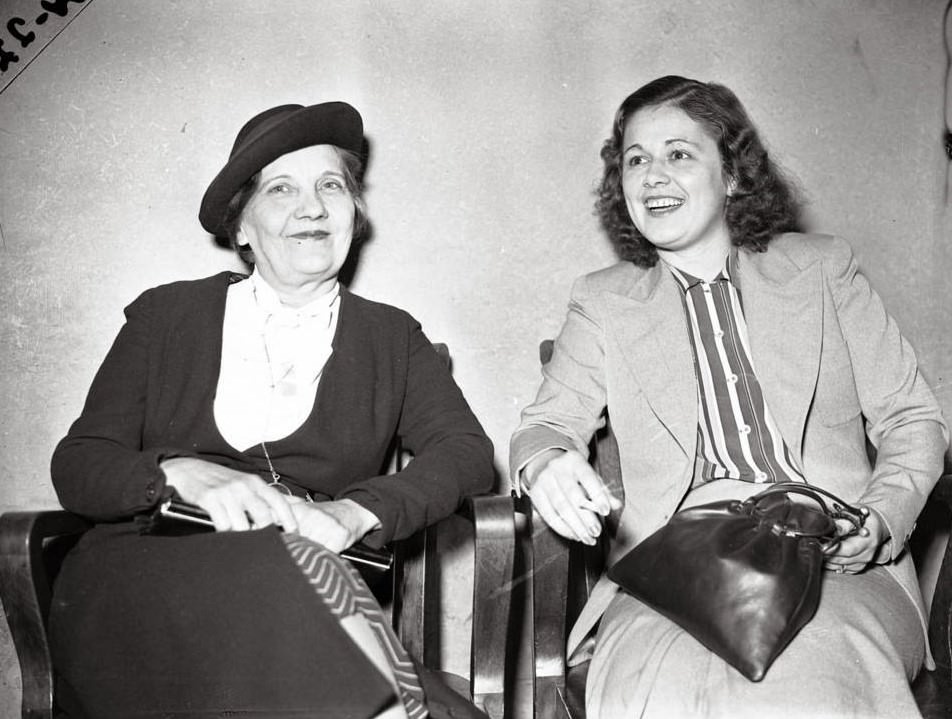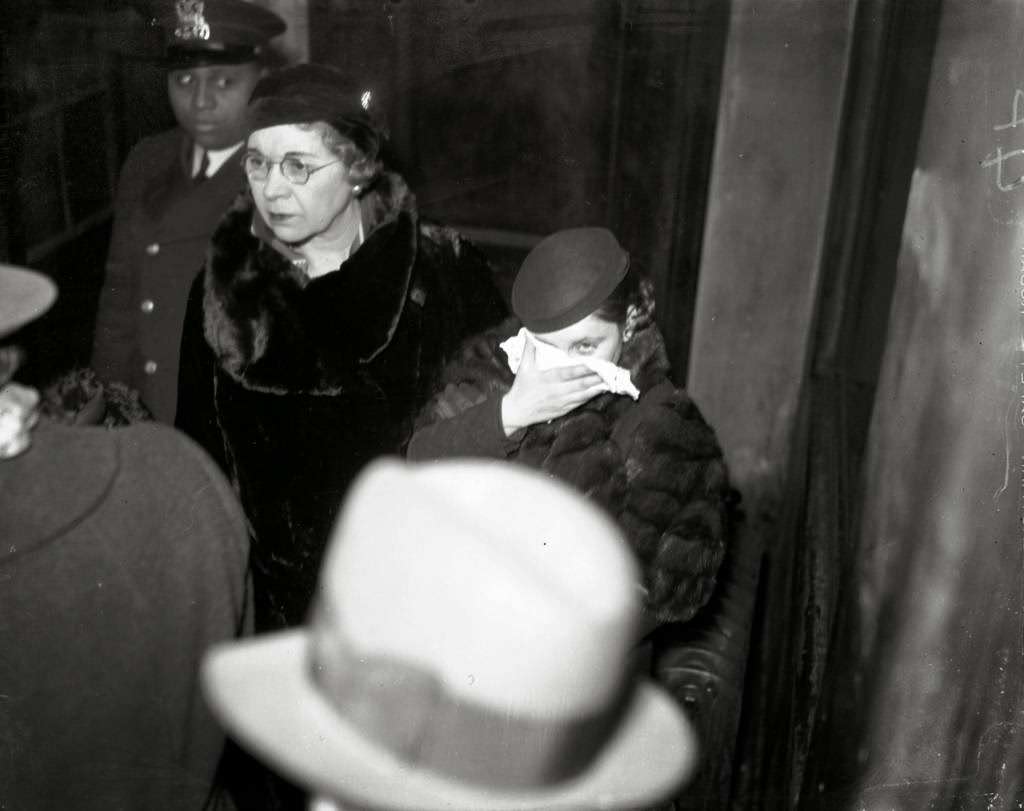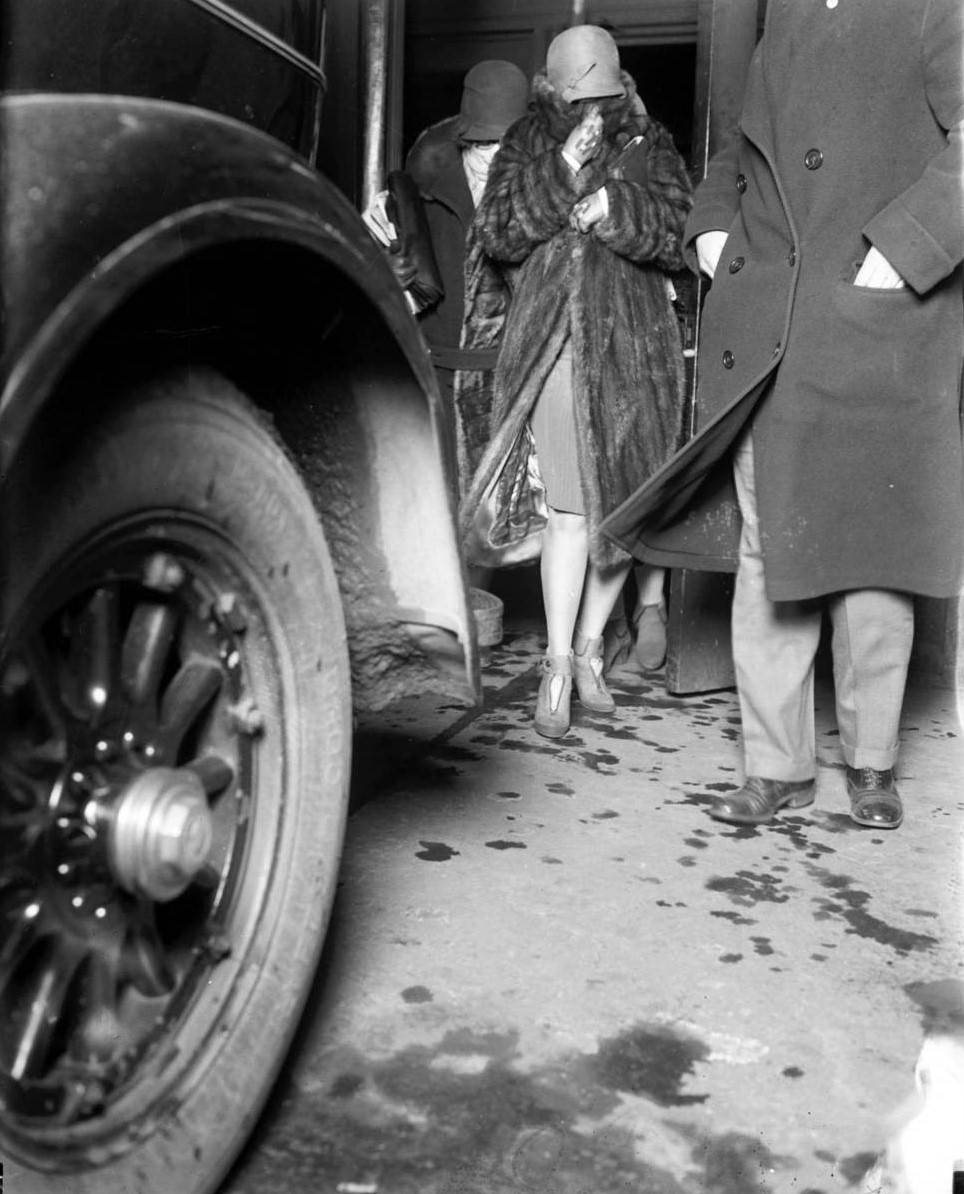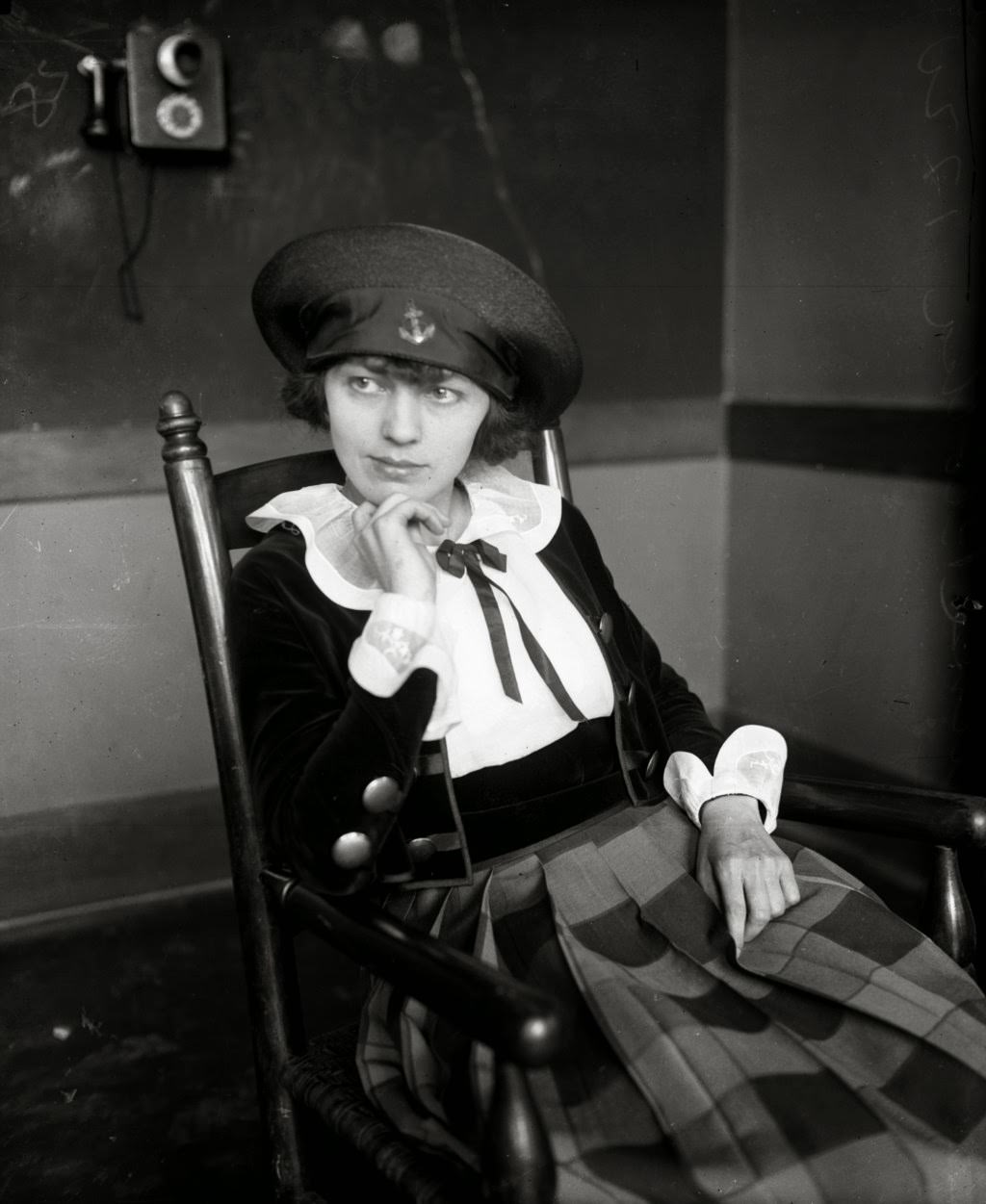In the early 1900s, the world of crime was not exclusively male. A number of women made names for themselves as thieves, fraudsters, and even violent offenders. Police blotters and newspaper archives from the era, such as the glass-plate negatives from the Chicago Tribune, reveal a rogue’s gallery of female criminals whose stories were often just as compelling as those of their male counterparts.
The Art of the Con and Theft
Many women involved in crime during this period specialized in non-violent offenses that required cunning and deception. Shoplifting, pickpocketing, and fraud were common pursuits. One notable figure from this era was “Queen of the Forgers” Cassie Chadwick. Operating in the early 1900s, Chadwick executed a daring scheme by claiming to be the illegitimate daughter of the wealthy industrialist Andrew Carnegie. Using this false identity, she convinced banks to grant her massive loans, accumulating millions of dollars in debt by using forged securities. Her con was so effective that she lived a life of extreme luxury for years before her scheme unraveled and she was arrested in 1904.
Other women operated on a smaller but still effective scale. Mug shots from the era show women arrested for larceny and pickpocketing. These individuals often worked in crowded urban environments like department stores or busy streets, using distraction and sleight of hand to relieve victims of their wallets and valuables. Their success depended on their ability to blend in and appear non-threatening.
Read more
Women in Organized Crime
While often relegated to background roles, some women were active participants in the violent world of organized crime. They served as lookouts, getaway drivers, or companions to infamous male gangsters, and sometimes took a more direct role in criminal activities. One of the most famous figures associated with this world was Bonnie Parker, who, along with Clyde Barrow, led a gang on a crime spree across the American South and Midwest between 1932 and 1934. Parker was an active participant in the gang’s robberies and shootouts, and her poetry and photographs helped create a romanticized, outlaw image that was eagerly consumed by the press and the public.
In the urban gangs of cities like Chicago and New York, women often played crucial roles as “molls.” They would provide alibis, hide weapons, and manage safe houses for the gang members. Figures like Virginia Hill, a courier and associate of mobster Bugsy Siegel, moved within the highest circles of organized crime, handling money and information.
Violent Crimes and Public Fascination
Cases involving women accused of murder generated intense media attention. The trials of these women were often sensationalized in the newspapers, which would focus on their appearance, demeanor, and romantic histories. In 1924, the case of Beulah Annan and Belva Gaertner in Chicago became a media sensation. Both women were accused in separate incidents of killing their lovers.
Newspaper reporters, including the Tribune’s Maurine Dallas Watkins, covered their trials extensively. Watkins portrayed Annan and Gaertner as attractive and charming “jazz slayers,” whose stories of betrayal and passion captivated the city. The public’s fascination with their cases was so great that Watkins later used the experience as the basis for her play, Chicago, which explored the themes of celebrity and crime. Police photographs of these women show them dressed in the fashionable styles of the day, a stark contrast to the grim charges they faced.


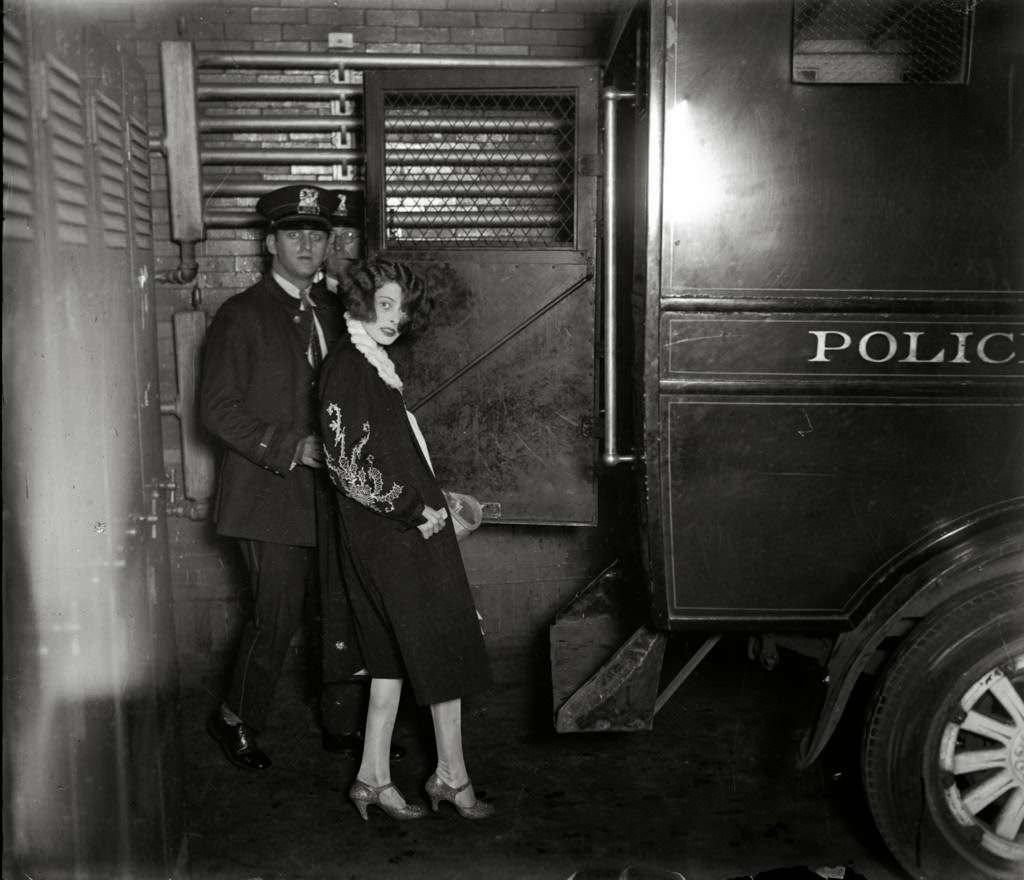
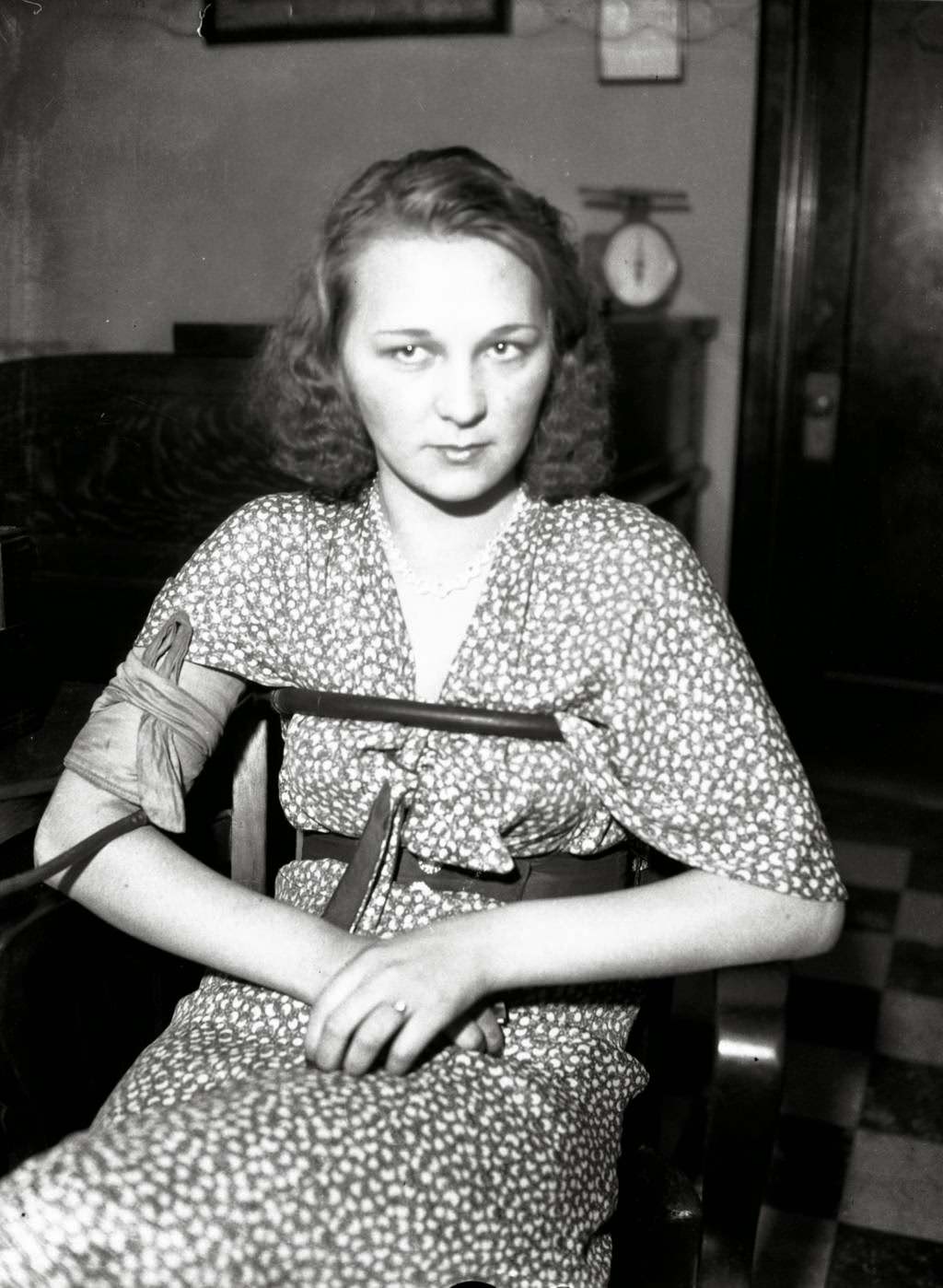
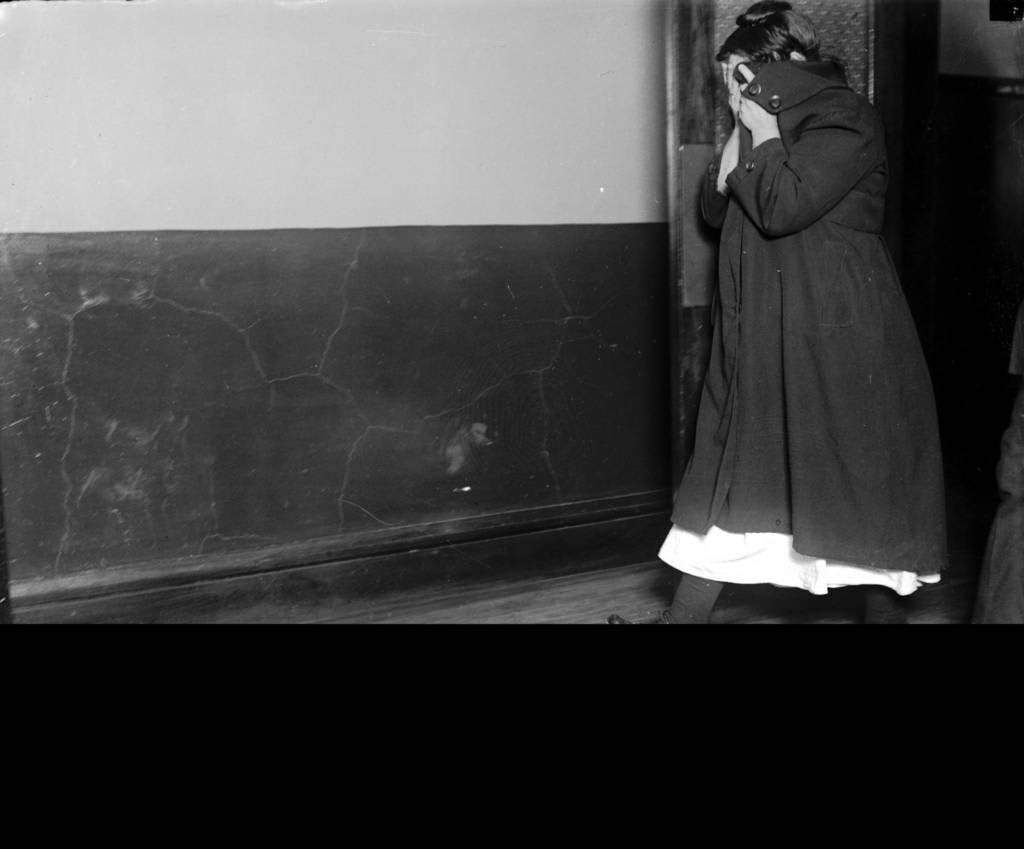
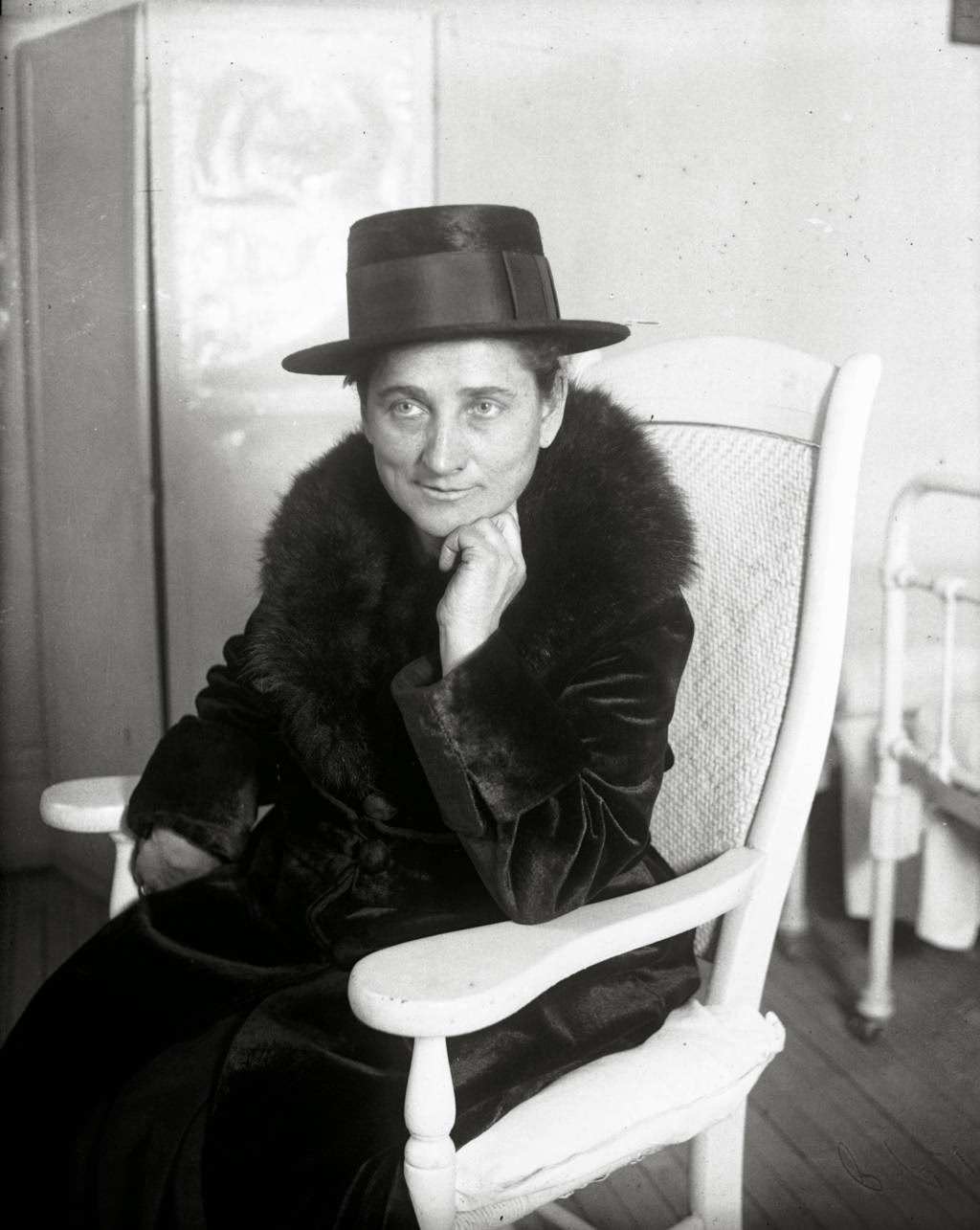
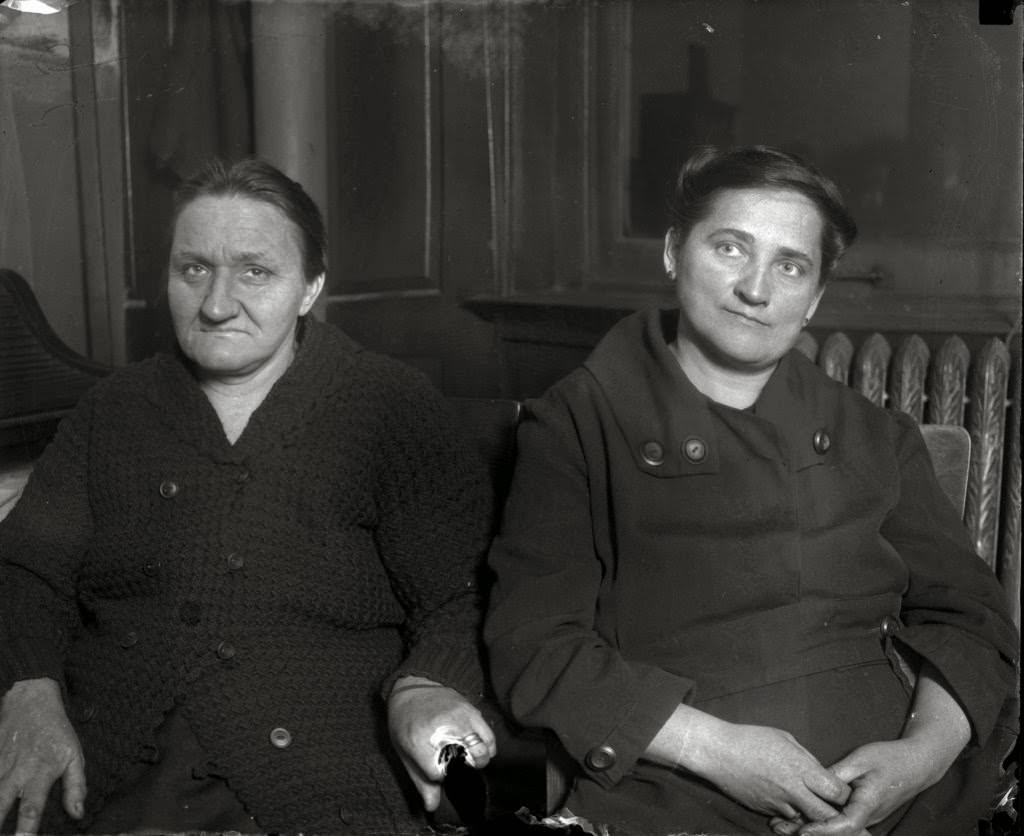
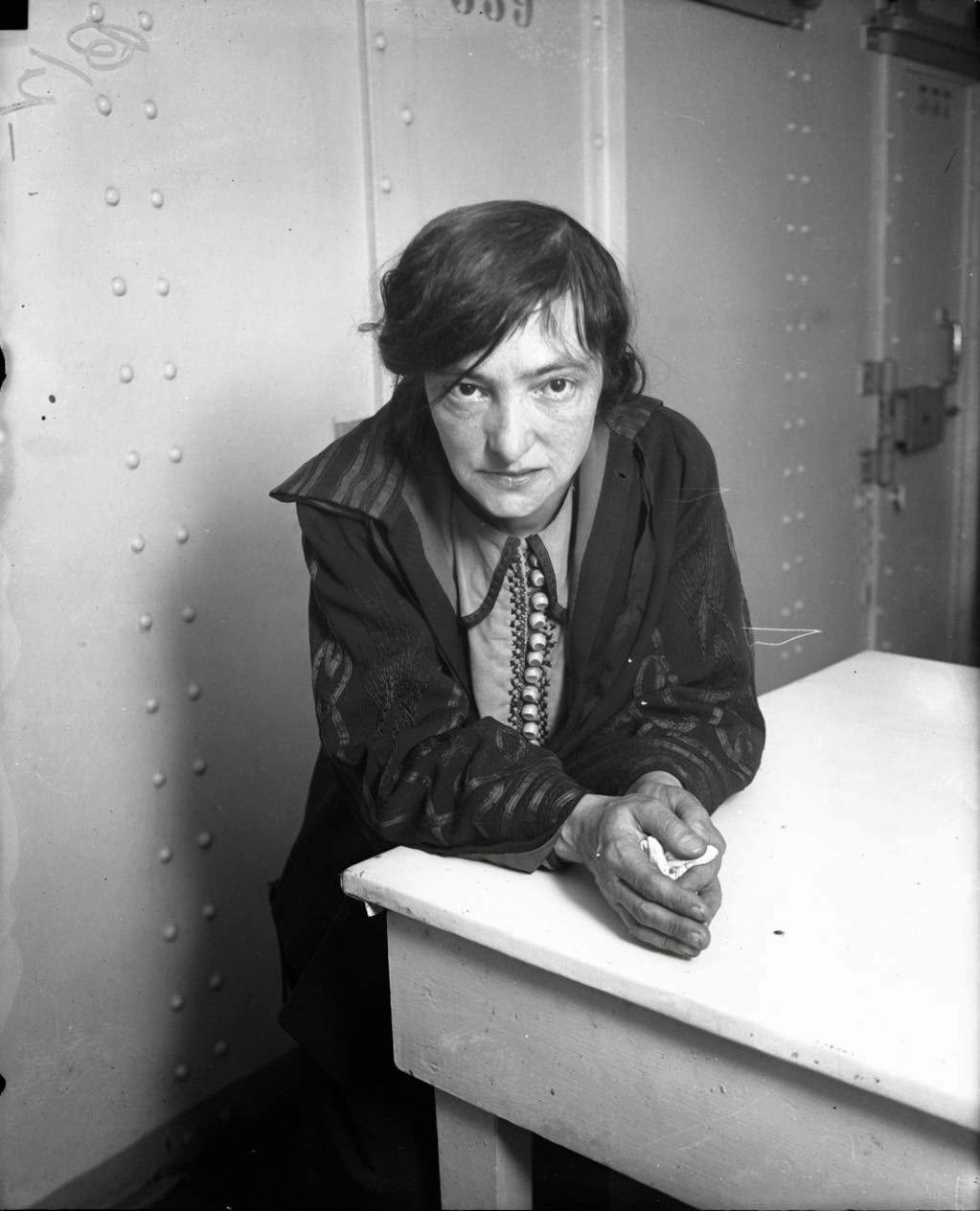
![Girl bandits Jean Buttick, 15, and Anna Varich, 16, were caught red-handed looting a bungalow at 6152 S. California Avenue on March 20, 1927. The Chicago Tribune reported "In the kitchen, as they seized her [Anna] she spilled rings, bracelets, beaded bags, and what not from every part of her clothes. When they shook her she literally dripped booty." Police officers believe the two bandits had looted about a dozen other homes within two weeks time. With Buttick and Varich are Charles Goss, Bert Harlem and Sgt. William H. Doyle (in chair) on March 20, 1927.](https://www.bygonely.com/wp-content/uploads/2025/06/Female_Criminals_early_1900s_7.jpg)
